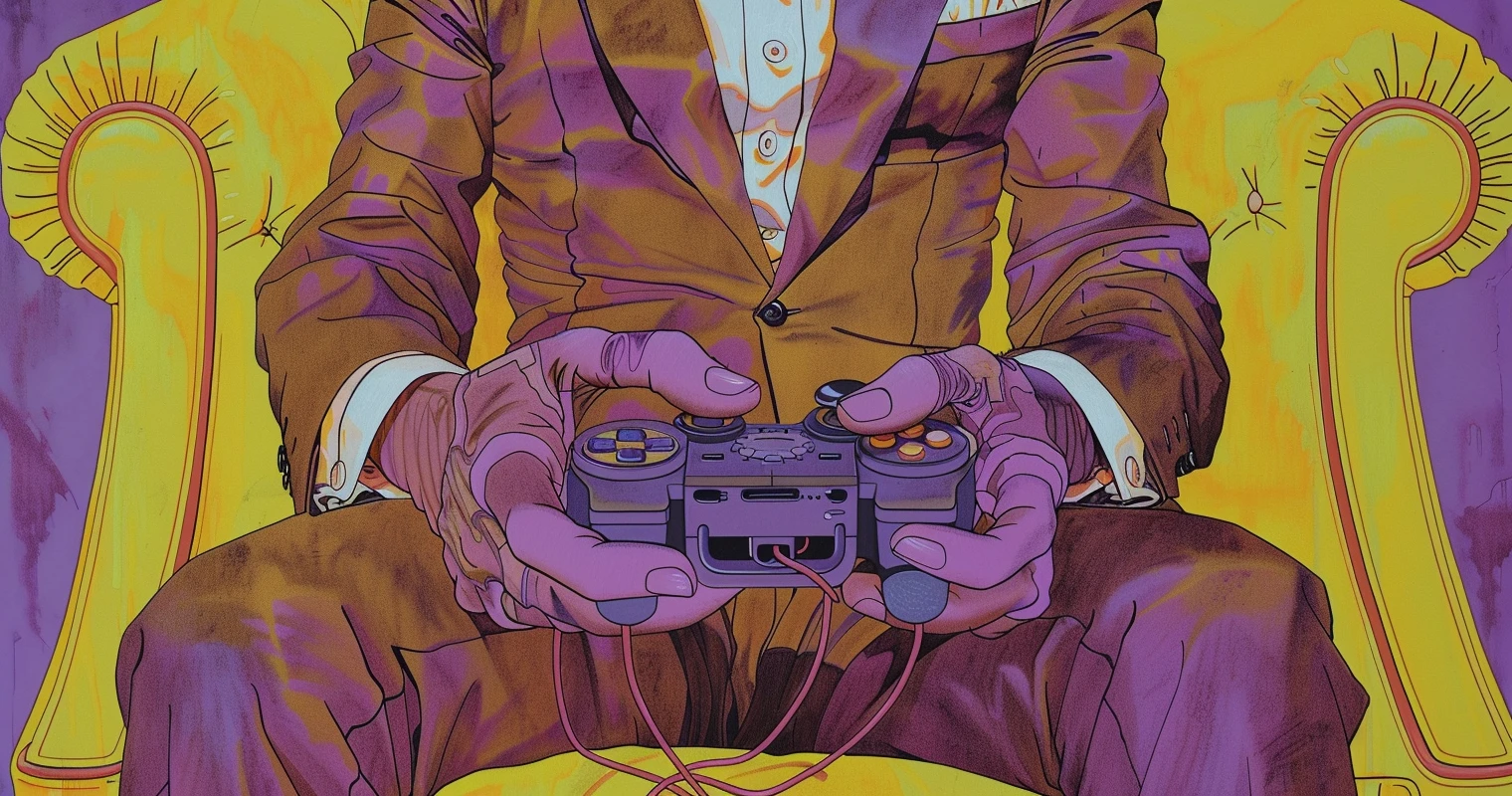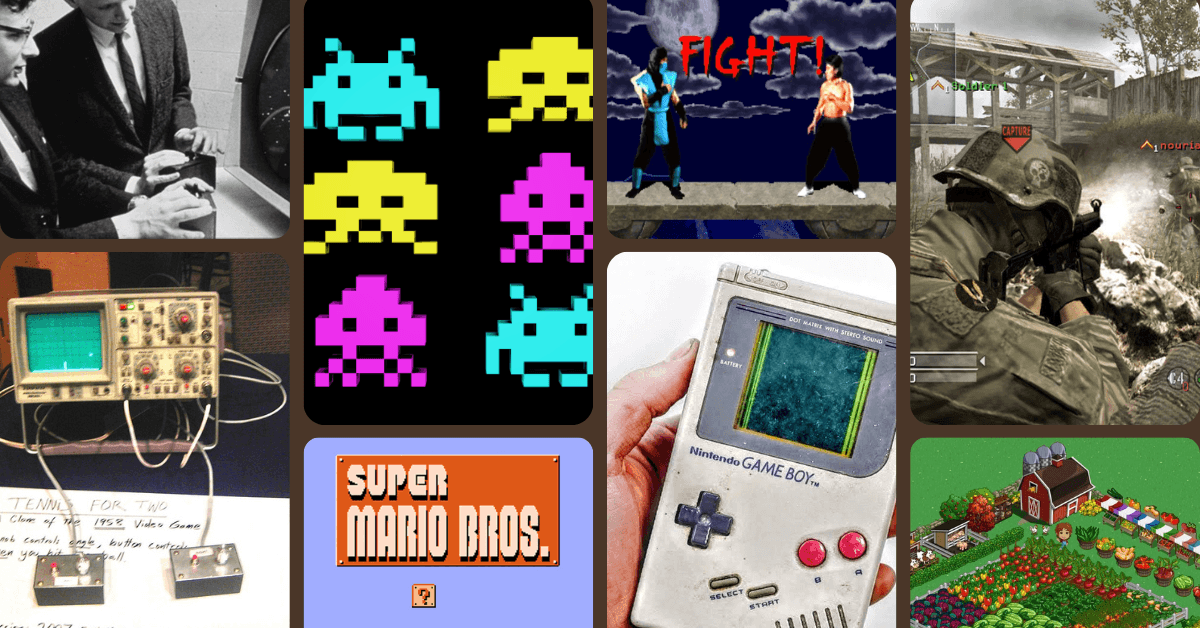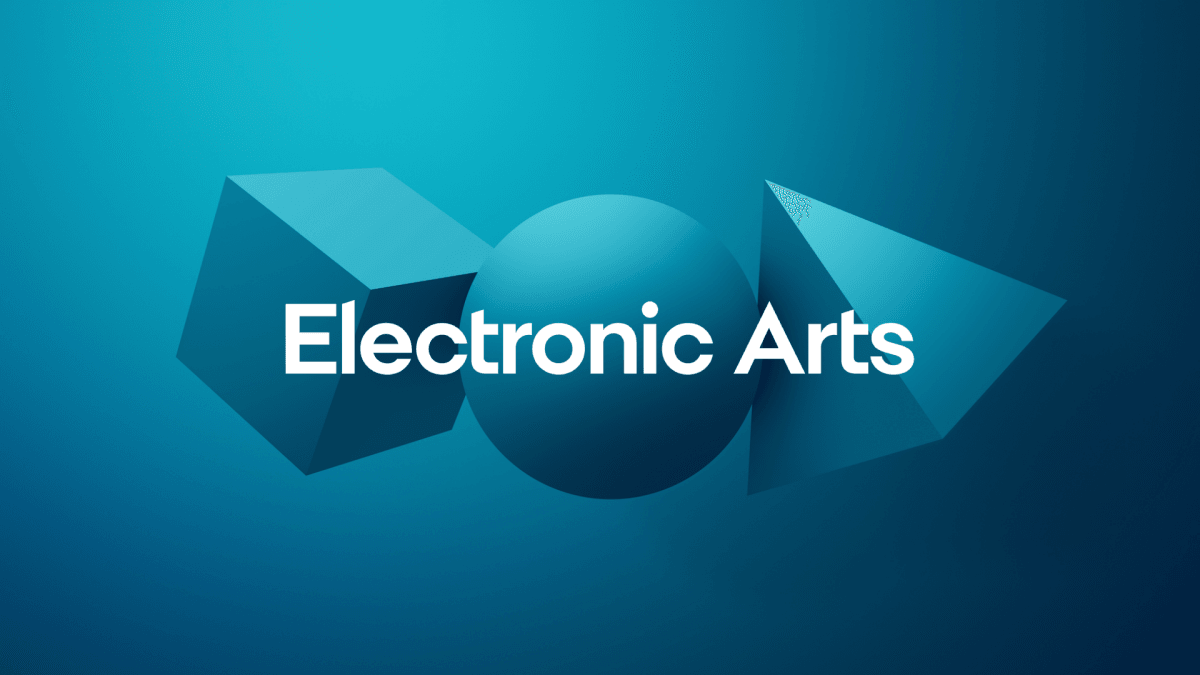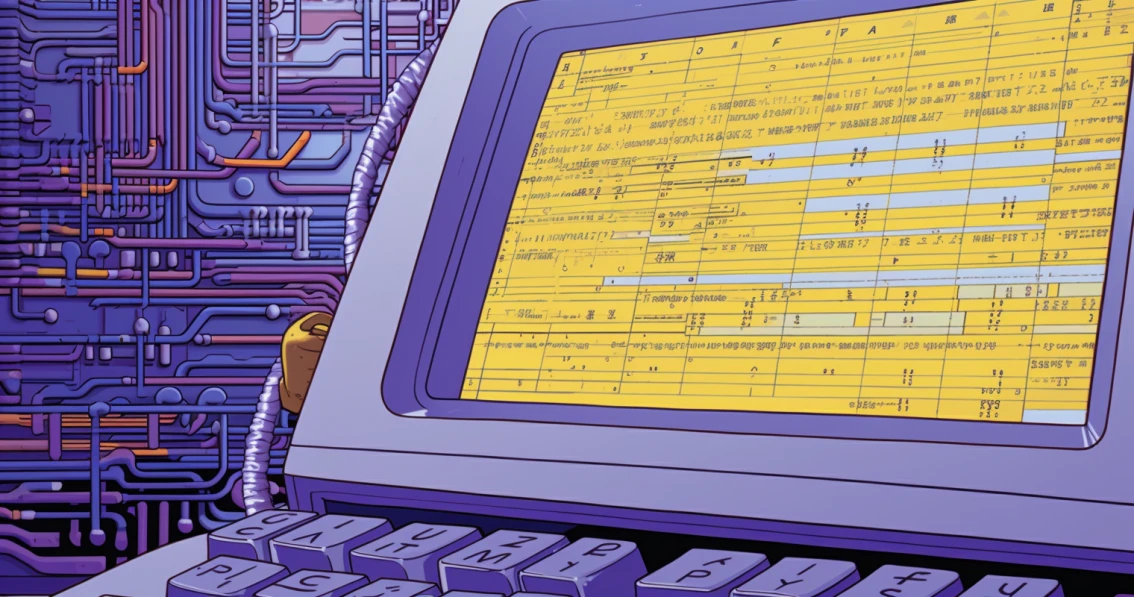Ever wondered what do game publishers do?
You see their logos in game trailers and splash screens, but unless you’re in the gaming industry, their role can feel like a mystery. Are they just funding the game? Do they help make it? Or are they mostly focused on marketing?
The truth is, game publishers do a little bit of everything – from helping developers build and polish a game, to promoting it, launching it, and keeping it alive long after release.
In this article, we’re breaking down exactly what game publishers do, how they make money, what kind of cut they take, and whether every game even needs one in the first place.
Let’s clear it all up.
What Is a Game Publisher?
A game publisher is the company that helps get a game made, seen, and played.
They usually work with game developers – the folks actually building the game – and take care of the things that go beyond coding and design. That includes funding, marketing, launch planning, and often distribution too.
Think of the publisher as the business side of the gaming equation. Developers focus on making the game. Publishers help make sure that game becomes a success.
Some publishers are massive companies like EA or Tencent. Others are small, niche outfits that specialize in helping indie games break through.
Now that we’ve got that clear, let’s look at how they actually help during development.
What Is the Role of a Game Publisher in the Development Process?
Game publishers aren’t just there to slap their logo on the trailer. They often shape how the game gets made – from the first pitch to the final build. Their role in development can be hands-on or hands-off, depending on the deal, but either way, they play a big part in making the game a reality.
Here’s what that usually looks like.
Funding and Budget Oversight
One of the biggest things publishers bring to the table is money.
Game development is expensive. Between art, design, engineering, music, voice acting, and tools, costs can rack up quickly. Most indie developers just don’t have the resources to fund a game on their own, especially if they want to release on multiple platforms or hit high production values.
That’s where publishers come in. They often cover a portion – or all – of the development costs. In exchange, they take a percentage of the game’s revenue once it launches.
But it’s not just about cutting checks. Publishers often set the budget, approve spending, and monitor how that money is used. If the studio goes over budget or falls behind schedule, they’re usually the ones calling for changes.
Project Management and Milestone Reviews
To make sure development stays on track, publishers often break the project into milestones – checkpoints like completing a playable demo, hitting alpha, or preparing for beta testing.
At each milestone, the publisher reviews progress, gives feedback, and decides whether to release the next round of funding. This structure helps avoid scope creep, delays, and major surprises near the finish line.
In some cases, publishers also assign producers or project leads who work directly with the dev team. These people aren’t just babysitters – they help prioritize tasks, unblock issues, and keep communication flowing between both sides.
Creative and Technical Input
While developers handle the game’s core design, publishers often have input on big-picture decisions. They might weigh in on:
- Game mechanics that affect user retention or monetization
- Art direction and tone, especially if the game is targeting a specific market
- Platform choices (console, mobile, PC, or cross-platform)
- Gameplay balance and difficulty curves
This can be a good thing. Publishers have experience from dozens – or even hundreds – of games. They know what works and what doesn’t. Their feedback can help a good idea become a great product.
But this is also where some creative tension happens. If a publisher is too controlling, the game can lose its original vision. That’s why finding the right fit between dev and publisher is key.
QA and Technical Support
Before any game launches, it has to go through quality assurance (QA). That means testing for bugs, performance issues, compatibility problems, and anything that could break the player experience.
Some publishers have full in-house QA teams. Others work with third-party testing agencies.
Either way, they usually help manage:
- Playtesting and feedback cycles
- Platform certification (especially for consoles and mobile stores)
- Compliance with hardware or software guidelines
- Localization and translation testing for global releases
Without proper QA support, even great games can flop due to technical problems. Publishers help reduce that risk by making sure the game is ready for prime time.
What Do Game Publishers Do After Development?
Once the game is built, the job’s far from over. In many ways, this is where things get even more important – because making a great game doesn’t guarantee success. People need to hear about it, want to play it, and actually download or buy it.
That’s where publishers really earn their keep. Here’s what they handle once development is done.
Marketing and Promotion
A game can be a masterpiece, but if no one knows it exists, it won’t go anywhere. That’s why marketing is one of the biggest responsibilities for a game publisher.
Depending on the budget and goals, this can include:
- Teaser trailers and gameplay videos
- Press releases and media outreach
- Partnerships with influencers, YouTubers, or streamers
- Paid ads on platforms like TikTok, Instagram, YouTube, and Google
- App Store Optimization (ASO) to improve rankings in mobile stores
- Events like showcases, launch parties, or livestreams
Publishers know how to build hype before release and keep attention high afterward. They usually have relationships with gaming media outlets, ad networks, and content creators – so they can get the word out faster and more effectively than a solo developer.
User Acquisition and Paid Media
For mobile and free-to-play games especially, user acquisition (UA) is critical.
Publishers often run large-scale paid media campaigns to bring in users. This includes everything from creative production (ads, videos, static banners) to campaign management, A/B testing, and optimization.
It’s a data-heavy process that requires a skilled team – and lots of budget. UA is usually one of the biggest expenses after development. But when it’s done right, publishers can scale a game from 10,000 downloads to 10 million.
At Udonis, for example, we’ve helped publishers and studios grow small mobile titles into multi-million–user successes through smart UA and creative testing.
Distribution and Launch Strategy
A good launch can make or break a game.
Publishers help plan everything around launch day, including:
- Deciding which platforms to launch on first (mobile, PC, console, or all at once)
- Coordinating with platforms like Steam, the App Store, or Google Play
- Scheduling soft launches or early access to test performance
- Localizing the game for different regions and audiences
- Pricing strategy, monetization models, or free-to-play structures
- Managing the submission and review process for stores
This is a complicated process, and mistakes can delay launch or tank early reviews. Publishers help navigate it all smoothly.
LiveOps and Post-Launch Support
Getting players to install the game is just the start. Keeping them around? That’s a whole different challenge.
Publishers often support – or fully manage – LiveOps, which includes:
- New content updates
- Seasonal events and limited-time offers
- Push notifications and re-engagement strategies
- Community management and player support
- Analytics and performance tracking
LiveOps is especially important for mobile games and any title built on recurring revenue. Publishers make sure the game stays fresh, fun, and profitable long after day one.
How Much Do Game Publishers Take?
Game publishing deals vary a lot, but one thing is consistent: publishers don’t work for free.
When they fund, support, and promote a game, they expect a share of the revenue. How much they take depends on the deal structure, the size of the publisher, and what services they’re providing.
Here’s how it usually breaks down.
Revenue Share Models
The most common arrangement is a revenue split between the developer and publisher.
For example, a publisher might fund the entire development and take 30% to 50% of the game’s revenue once it launches. In some cases, especially if the publisher provides more support (like marketing, QA, or LiveOps), their cut might go even higher.
On mobile, where UA and LiveOps are constant and expensive, publishers sometimes take 60% or more of profits – especially in free-to-play games where they’re responsible for ongoing growth.
In other cases, the publisher simply recoups their investment first. That means:
- All early revenue goes to the publisher until they’ve earned back what they spent.
- After that, profits are split based on the agreed percentage.
This “recoup model” is standard in the industry and protects the publisher’s risk.
Flat Fee or Work-for-Hire Deals
Some publishers pay a flat fee to the developer and then keep 100% of the game’s earnings. These are called work-for-hire or buyout deals.
The developer gets guaranteed income but gives up the chance to earn more later. These types of deals are more common for small studios, contract projects, or when the game is part of a larger brand or IP.
Advance Payments and Bonuses
In some cases, publishers offer milestone-based payments in advance. For example, the developer might receive:
- $25,000 after a vertical slice demo
- $50,000 after hitting beta
- A final payment upon gold master (final build)
On top of that, some publishers offer performance bonuses if the game hits certain sales milestones, earns high ratings, or wins awards.
Platform Fees and Store Cuts
It’s also worth noting that the publisher’s share usually comes after platform fees.
Steam, the App Store, and Google Play all take their own cuts – usually 30% of revenue right off the top. So if a game sells for $10, the platform keeps $3, and the remaining $7 is split between the publisher and developer.
How Do Game Publishers Make Money?
Game publishers invest time, money, and resources into every title they support – but they’re not doing it out of goodwill. They’re building businesses, and like any business, they’re focused on making a return.
Here’s how they do it.
Revenue Sharing from Game Sales and In-App Purchases
This is the most obvious and common revenue stream. If a game sells well or earns consistent income through in-app purchases, the publisher takes a cut.
For premium (paid) games, that might mean a slice of every $20 sale on Steam.
For free-to-play games, it’s usually a share of microtransactions – things like cosmetics, power-ups, or battle passes.
This income can be steady and long-term, especially for mobile games or live-service titles that continue generating revenue months (or years) after launch.
Ad Revenue from Mobile Games
In mobile gaming, ads are often just as profitable as in-app purchases – sometimes more.
Publishers that manage ad monetization strategies can earn revenue from:
- Interstitial and rewarded video ads
- Banner ads
- Offerwalls
- Hybrid monetization models (ads + IAP)
They usually work directly with ad networks like Google AdMob, Unity Ads, or ironSource to test and optimize ad placements. The better the strategy, the more money the game makes – and the more the publisher earns.
Licensing and Platform Deals
Some publishers make money through licensing deals. This could mean:
- Licensing a game’s rights to another region (like Japan or Korea)
- Bringing the game to console or PC and handling ports
- Partnering with subscription platforms like Xbox Game Pass or Apple Arcade
These deals can generate lump-sum payments or ongoing royalties.
In some cases, platforms offer upfront payments to feature or launch a game exclusively on their store. Publishers often negotiate these deals and take a portion (or all) of the earnings.
Publishing Back Catalogs and Evergreen Titles
Successful publishers don’t rely on one hit – they build a catalog.
By having a library of games that continue earning over time, publishers create passive revenue. Even older titles can bring in steady income if they’re still popular or monetized effectively.
And the more games they publish, the more data they collect – letting them make smarter bets on future projects.
Do All Games Need a Publisher?
The short answer? No.
Plenty of developers choose to self-publish – and in some cases, that’s the better move. But going without a publisher means taking on everything yourself: the costs, the marketing, the distribution, the updates, and the risk.
So when do you actually need a publisher?
When You Might Not Need One
If you’re a solo developer or small team with the skills (and time) to handle marketing, community building, and distribution, you can absolutely self-publish. Tools like Steam Direct, itch.io, and mobile stores make it easier than ever.
This is especially true for smaller indie games or passion projects with limited scope.
Self-publishing also means you keep 100% of the profits (after store fees) and maintain full creative control. But it also means wearing a lot of hats – and having the budget to do so.
When a Publisher Is a Smart Move
If you’re building a bigger game, want to reach a wider audience, or just don’t have the resources to promote and scale on your own, a publisher can make all the difference.
Here’s when it usually makes sense to partner up:
- You need funding to finish (or even start) development
- You want to scale user acquisition but can’t afford it alone
- You’re targeting a competitive market and need help standing out
- You’re planning a cross-platform or global release
- You want to focus on development while someone else handles marketing, ads, and logistics
In these cases, a good publisher acts like a partner, not just a distributor. They help your game succeed – and make more money in the long run.
Of course, the key word here is “good.” Not every publisher is a perfect fit. That’s why picking the right one matters (more on that next).
How to Choose the Right Game Publisher
Choosing a publisher is one of the most important decisions a developer can make. A great one can take your game to the next level. A bad one? They can hold it back – or worse, bury it.
Here’s what to look for when picking a publishing partner.
Look at Their Track Record
Start by checking out the games they’ve published. Are they similar to yours in genre, platform, or style? Have those games been successful?
A good publisher should have a proven history of helping similar games perform well, not just big names in their portfolio.
If they’ve helped scale games with small teams or launch successful new IPs, that’s a great sign.
Understand What Services They Actually Provide
Not all publishers offer the same support.
Some just handle distribution and promotion. Others cover everything – funding, marketing, user acquisition, LiveOps, QA, and localization.
Make sure you understand exactly what they’re bringing to the table – and what they expect from you in return.
Ask questions like:
- Do you help with app store optimization or user acquisition?
- Will you be involved during development or only post-launch?
- Who covers testing, localization, and support?
- What data or reporting will I have access to?
Check for Transparency and Fair Terms
Revenue splits vary, but they should always be clear – and fair.
Watch out for vague contracts, unclear payment schedules, or terms that let the publisher control your IP permanently. A good publisher should be upfront about money, responsibilities, and timelines.
If they’re dodgy during negotiation, they’ll be worse once the game is live.
Talk to Other Developers They�’ve Worked With
One of the best ways to vet a publisher is to talk to other devs they’ve signed.
Reach out and ask:
- Were they supportive?
- Did they follow through on what they promised?
- How was communication?
- Would you work with them again?
If multiple devs say “absolutely not,” that’s a red flag. If they sing their praises? That’s gold.
Make Sure You Share the Same Vision
Finally, don’t overlook chemistry. You’ll be working closely with your publisher for months – maybe years. Make sure they actually get your game, believe in it, and respect your creative voice.
When both sides are aligned, great things happen.
Final Thoughts
So, what do game publishers do?
A lot more than most people think.
They help fund development, manage production, promote the game, acquire users, and keep everything running smoothly after launch. They’re the bridge between a great game and a successful one.
Not every developer needs a publisher – but for many, the right one can mean the difference between getting buried… or blowing up.
Whether you’re building a small indie project or aiming for a global hit, understanding what publishers do (and don’t do) helps you make smarter decisions and get the most out of your game.







Comments